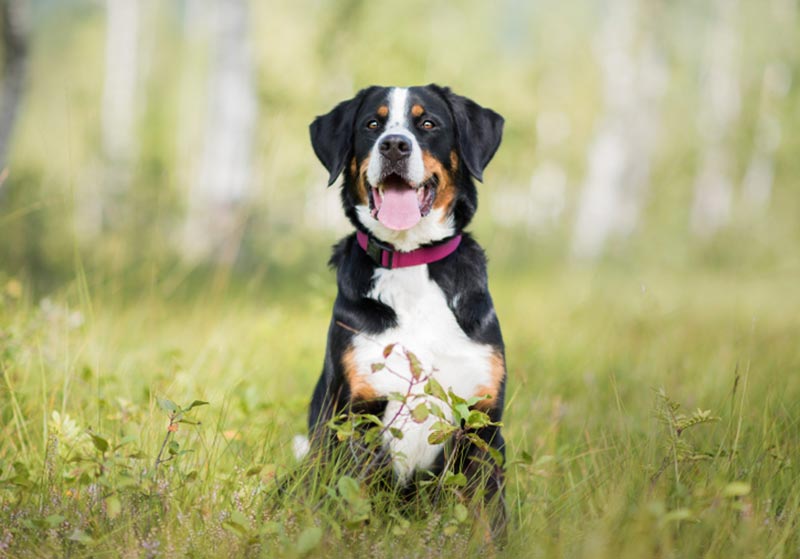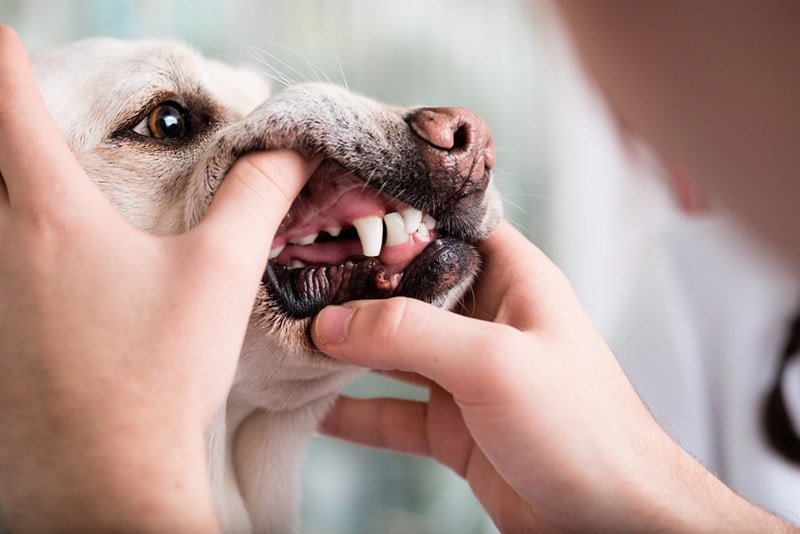How to Teach a Dog to Lie Down: 7 Vet-Approved Simple Steps

Updated on
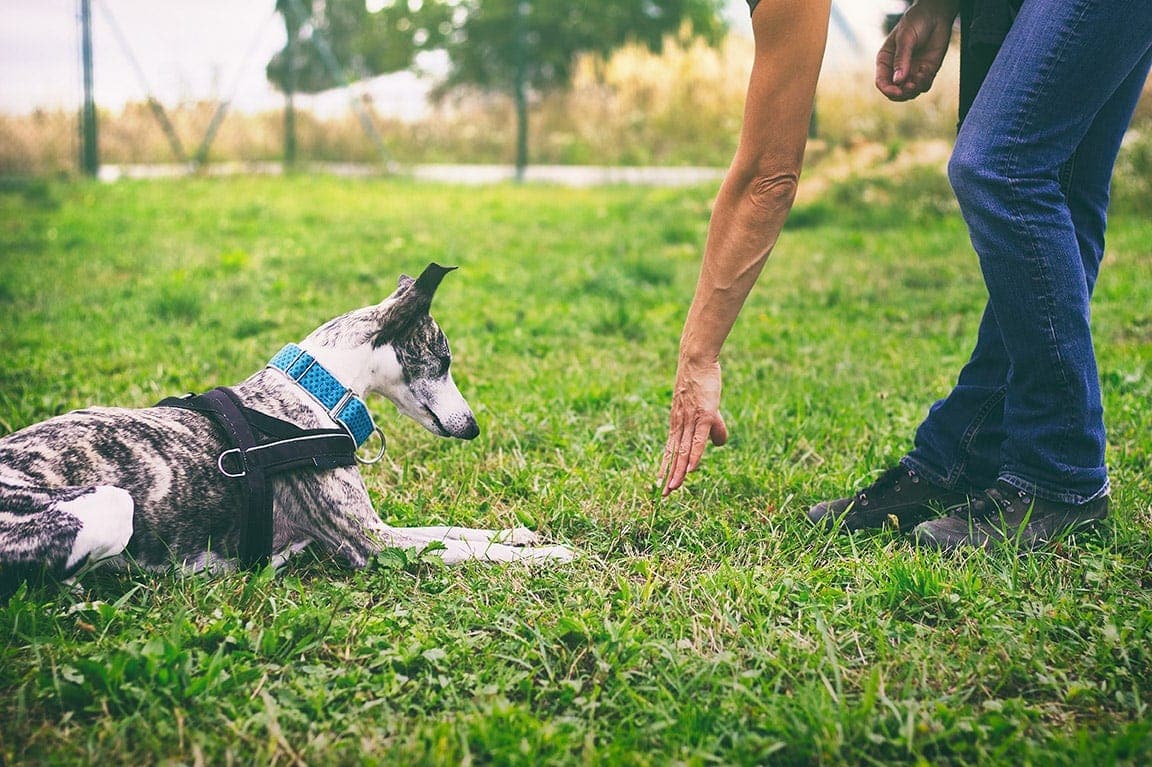
Dogs are one of the most impressive animals in their ability to learn and develop skills. But even the best hunting, agility, or police dogs in the world started with commands like “sit,” “stay,” and “lie down.”
Basic commands are the foundation of your dog’s training and the building blocks for future tricks and advanced skills. Once you teach your dog to sit, you can teach it to lie down. Here’s how!
Supplies Needed
- Space for training
- Plenty of treats
The 7 Simple Steps to Teach a Dog to Lie Down
1. Ask Your Dog to Sit
Start by asking your dog to sit down and provide a treat as a reward. Make sure it’s sitting quietly rather than getting excited and moving around.
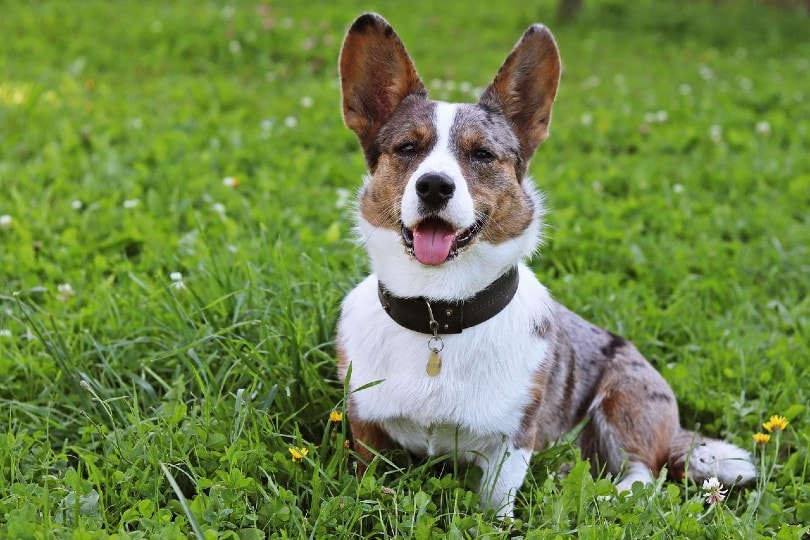
2. Move Into the Lying Position
Your dog should still be sitting. With a treat in hand, move your hand from your dog’s nose toward their chest, then down to the floor. Your dog should follow the movement of the treat and end in a lying position.
- Related Read: How to Teach a Dog to Sit in 10 Simple Steps
3. Reinforce the Behavior
Even if your dog gets it the first time, you have a lot of practice to do before it’s a learned command. Practice moving from sitting to lying down, then release your dog to play. After a few minutes, practice again. Short, consistent sessions will promote better learning.
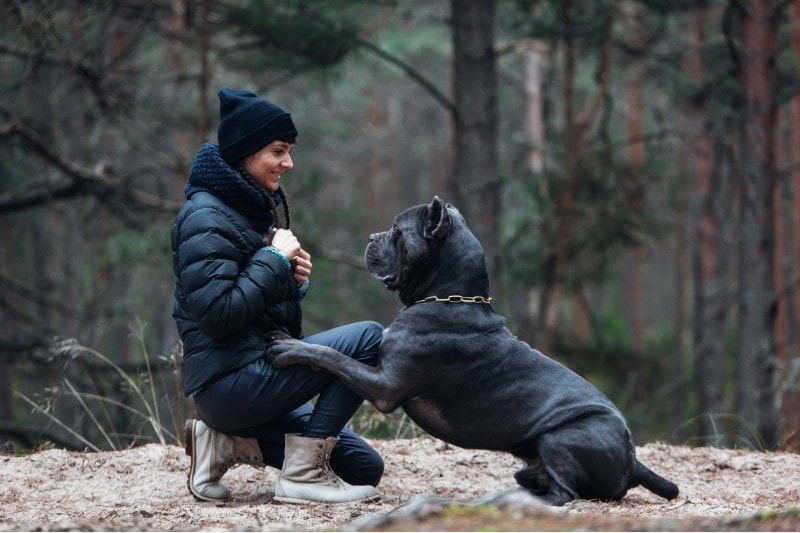
4. Add the Command
When your dog is following the treat into a lying position automatically, you can add the word “down” or “lie down” to teach your dog to do it without the treat. Make sure you say your chosen command as your dog settles into the down position each time.
5. Practice
You may need to practice a few times with the treat and the command before your dog understands the command. Practice in short, regular sessions with treats, and remember to reward when it’s lying down!
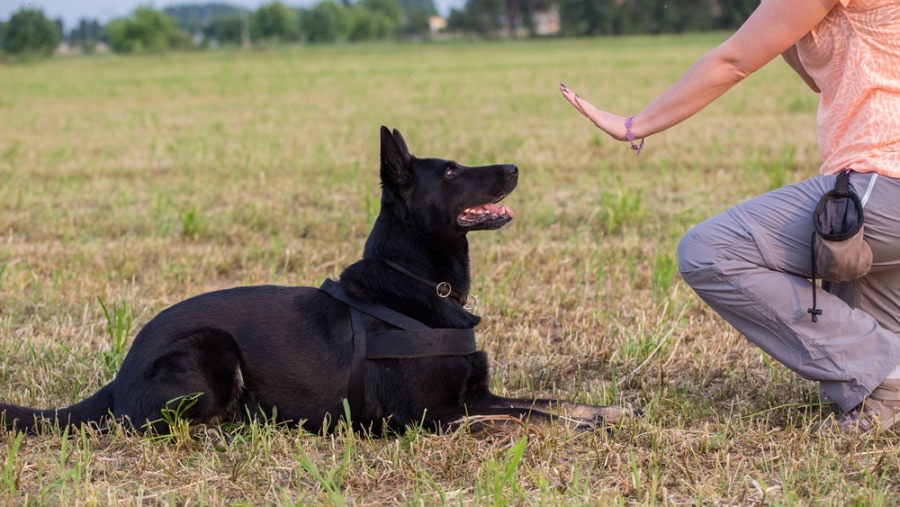
6. Stop the Treat
The test comes when you ask your dog to lie down without using the treat as a guide. If you’ve had sufficient practice, simply saying “down” or “lie down” should prompt your dog to get into the down position. If that happens, feel free to offer a lot of rewards! If it’s not quite there yet, keep practicing.
7. Build on the Skills
Lying down in your home when things are quiet is quite different than lying in a park or in a busy environment with lots of distractions. Once your dog has the skill at home, try practicing in busier places like out in your yard, at the local park, or near a busy street with a lot of noise around.
Like the previous steps, you have to practice often and in short sessions. If you experience a setback, just go back to the earlier steps and repeat the process. Be patient with your dog!
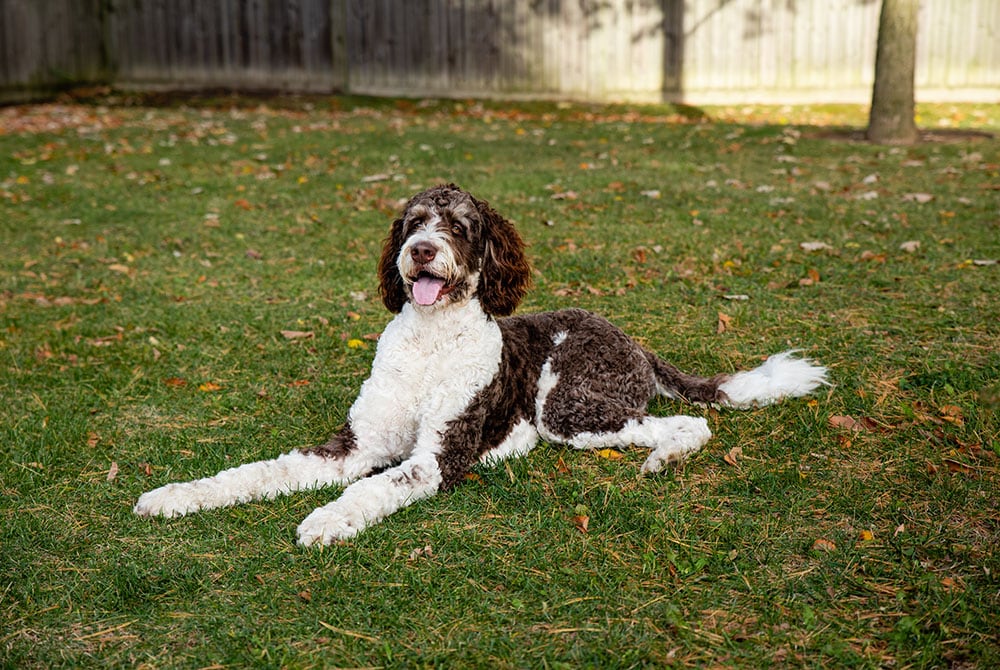
Training Tips
- Train when your dog is tired and less excitable.
- Don’t force your dog into a down position. This will only make it want to stand up more.
- Reward your dog when it’s in the down position. The placement of rewards is important and emphasizes what was done right.
- Offer the most treats when your dog is lying flat on the floor. Otherwise, you could train your dog to pop up accidentally, which is a setback in your training.
Conclusion
Training a dog is hard work, but with the right tools and positive reinforcement, you can have an obedient dog with basic commands. Then, if you want to try more challenging training, such as gun training or agility training, your dog already has a strong foundation for learning.
Featured Image Credit: encierro, Shutterstock




